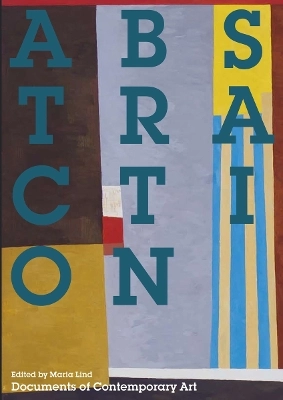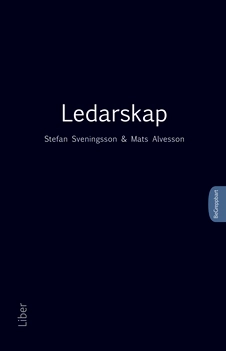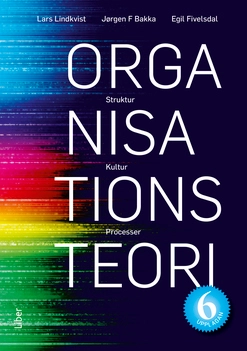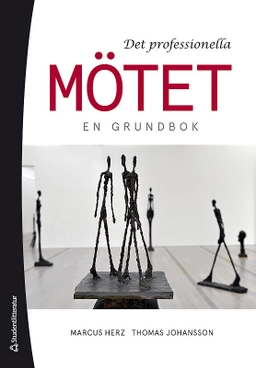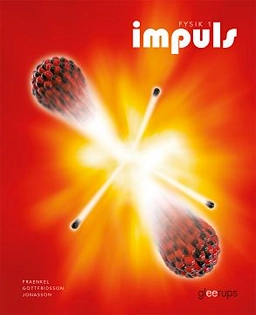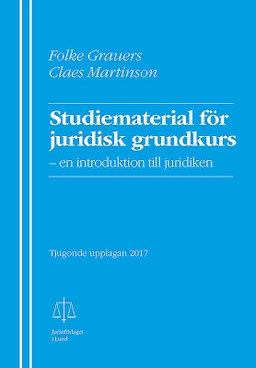An examination of contemporary art's engagement with three modes of abstraction.This anthology reconsiders crucial aspects of abstraction's resurgence in contemporary art, exploring three equally significant strategies explored in current practice- formal abstraction, economic abstraction, and social abstraction. In the 1960s, movements as diverse as Latin American neo-concretism, op art and "eccentric abstraction" disrupted the homogeneity, universality, and rationality associated with abstraction. These modes of abstraction opened up new forms of engagement with the phenomenal world as well as the possibility of diverse readings of the same forms, ranging from formalist and transcendental to socio-economic and conceptual. In the 1980s, the writings of Peter Halley, Fredric Jameson, and others considered an increasingly abstracted world in terms of its economic, social, and political conditions-all of which were increasingly manifested through abstract codes or sites of style. Such economic abstraction is primarily addressed in art through subject or theme, but Deleuze and Guattari's notion of art as abstract machine opens up possibilities for art's role in the construction of a new kind of social reality. In more recent art, a third strand of abstraction emerges- a form of social abstraction centered on the strategy of withdrawal. Social abstraction implies stepping aside, a movement away from the mainstream, suggesting the possibilities for art to maneuver within self-organized, withdrawn initiatives in the field of cultural production. Artists surveyed include- Lee Bontecou, Louise Bourgeois, Amilcar de Castro, Paul Cezanne, Lygia Clark, Kajsa Dahlberg, Stephan Dillemuth, Marcel Duchamp, Gardar Eide Einarsson, G nther F rg, Liam Gillick, Ferreira Gullar, Jean Helion, Eva Hesse, Jakob Jakobsen, Jasper Johns, Donald Judd, Wassily Kandinsky, Sol LeWitt, Piet Mondrian, Bruce Nauman, Helio Oiticica, Blinky Palermo, Lygia Pape, Mai-Thu Perret, Jackson Pollock, Tobias Rehberger, Bridget Riley, Emily Roysden, Lucas Samaras, Julian Stanczak, Frank Stella, Hito Steyerl, Theo van Doesburg Writers include- Alfred H. Barr Jr., Ina Blom, Lynne Cooke, Anthony Davies, Judi Freeman, Peter Halley, Brian Holmes, Joe Houston, Fredric Jameson, Lucy R. Lippard, Sven L tticken, Nina M ntmann, Gabriel Perez-Barreiro, Catherine Queloz, Gerald Raunig, Irit Rogoff, Meyer Schapiro, Kirk Varnedoe, Stephan Zepke
Åtkomstkoder och digitalt tilläggsmaterial garanteras inte med begagnade böcker
